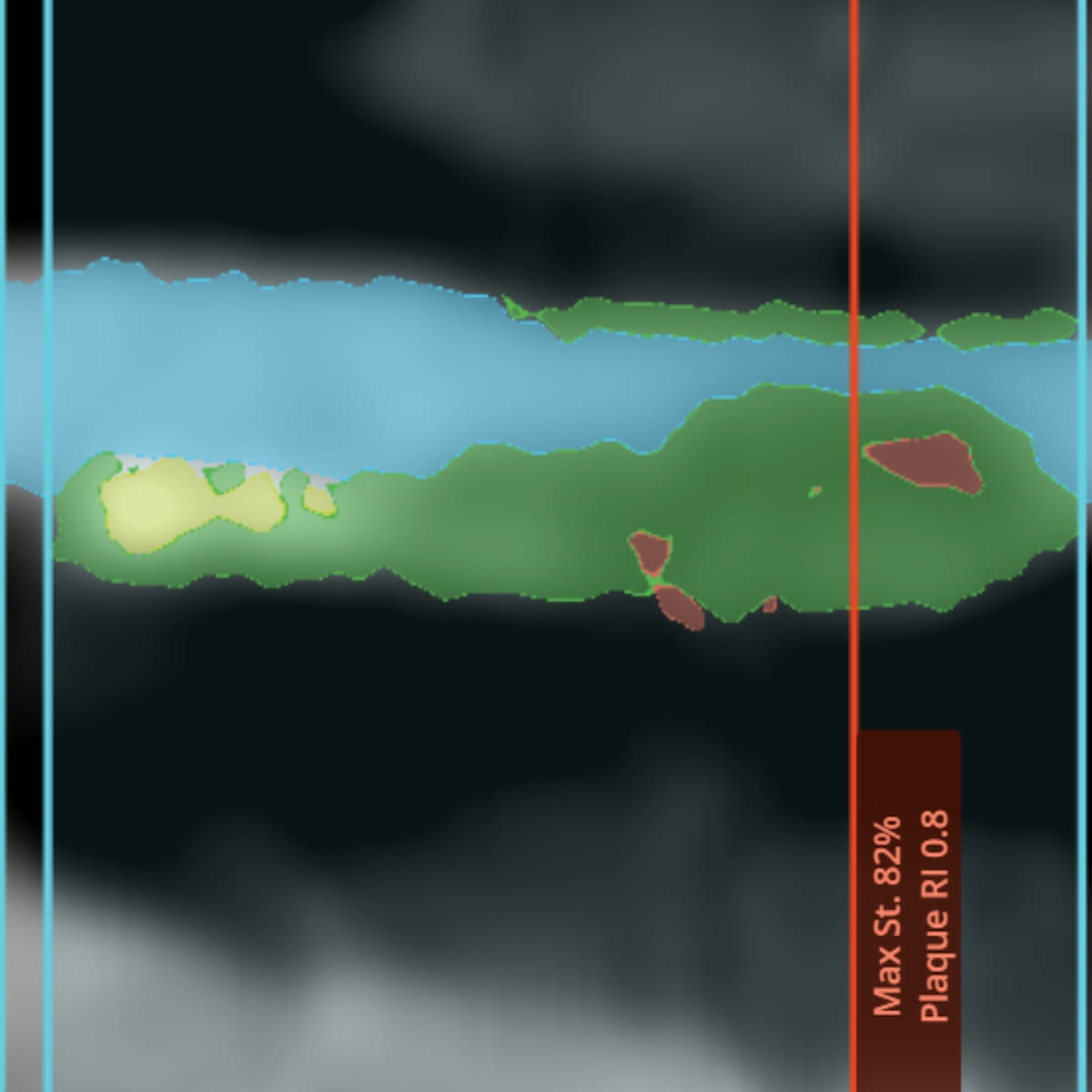FDA Clears AI Software to Enhance CCTA Detection of Coronary Artery Disease
Through AI-powered assessment of coronary computed tomography angiography (CCTA) scans, the CaRi-Plaque software may provide improved clarity on the development of coronary plaques and luminal stenosis.
Offering the promise of improved insights into coronary plaques and luminal stenosis, the artificial intelligence (AI)-enabled CaRi-Plaque software has garnered 510(k) clearance from the Food and Drug Administration (FDA).
Through evaluation of coronary computed tomography angiography (CCTA) scans, reports generated with the CaRi-Plaque software provide actionable insights on plaque burden, total plaque volume, maximum stenosis, calcified plaque volume and other quantitative measures for coronary vessels, according to Caristo Diagnostics, the developer of CaRi-Plaque.
Offering quantitative insights into the extent and severity of coronary plaque and luminal stenosis based on AI assessment of coronary computed tomography angiography (CCTA) scans, the CaRi-Plaque software has garnered 510(k) clearance from the Food and Drug Administration (FDA). (Image courtesy of Caristo Diagnostics.)

By ascertaining the extent and severity of coronary plaque and luminal stenosis, Caristo Diagnostics said the CaRi-Plaque software may facilitate earlier detection of coronary artery disease (CAD) in high-risk patients.
"We stand on the brink of revolution in the prevention and treatment of coronary disease, thanks to Caristo's ability to analyze plaque and inflammation on coronary CT scans," said Stephen A. Bloom, M.D., a cardiologist and director of advance imaging at Midwest Heart & Vascular Specialists in Kansas City. "This advancement enables us to diagnose early stages of coronary disease, even before a coronary CT calcium score becomes positive, allowing for earlier intervention and treatment.”
Newsletter
Stay at the forefront of radiology with the Diagnostic Imaging newsletter, delivering the latest news, clinical insights, and imaging advancements for today’s radiologists.
Stroke MRI Study Assesses Impact of Motion Artifacts Upon AI and Radiologist Lesion Detection
July 16th 2025Noting a 7.4 percent incidence of motion artifacts on brain MRI scans for suspected stroke patients, the authors of a new study found that motion artifacts can reduce radiologist and AI accuracy for detecting hemorrhagic lesions.